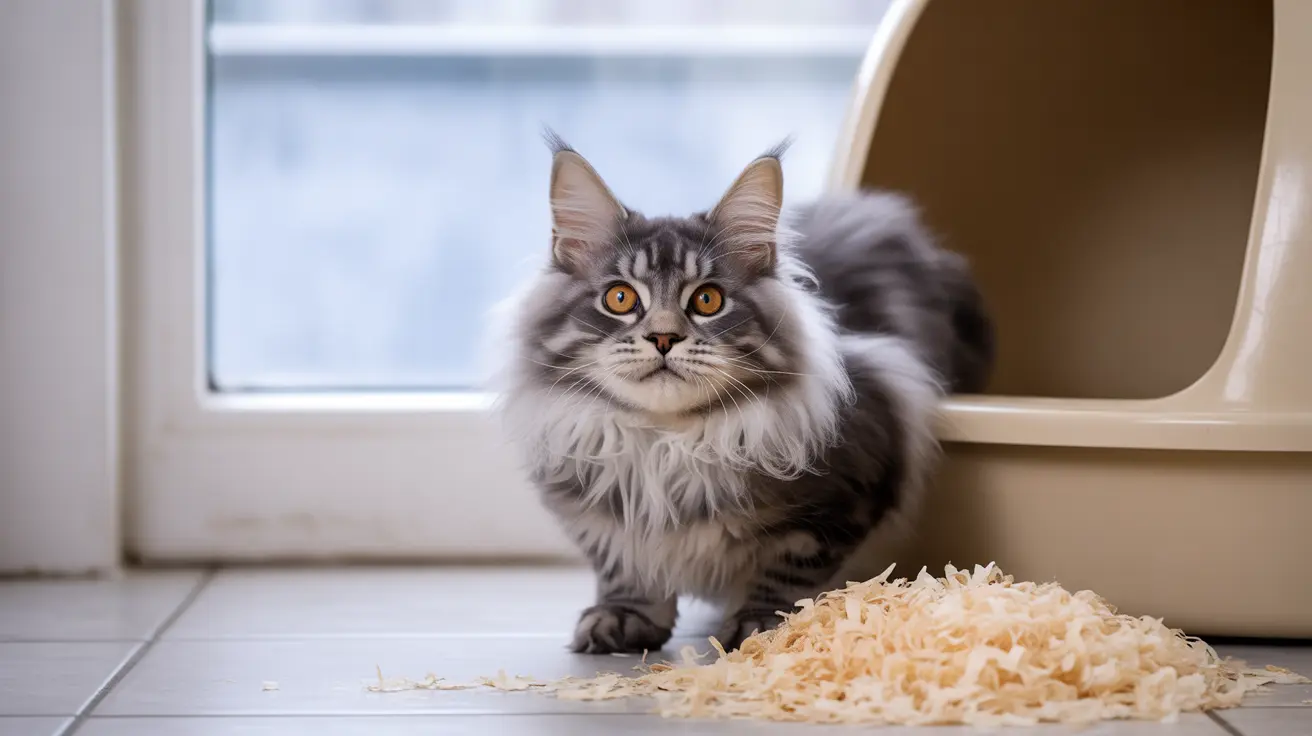For dog lovers and breed enthusiasts, button ears are a distinctive and charming feature that sets certain breeds apart. These unique folded ears, where the top portion folds forward to cover the ear canal, serve both practical and aesthetic purposes that have made them highly desirable in various dog breeds.
In this comprehensive guide, we'll explore everything you need to know about dogs with button ears, from their evolutionary purpose to the breeds that commonly display this distinctive trait. Whether you're a potential pet owner or simply curious about canine characteristics, understanding button ears can provide valuable insights into dog breed history and care.
What Are Button Ears in Dogs?
Button ears, also known as folded ears, are characterized by their unique structure where the upper portion of the ear folds forward, creating a neat, buttoned-down appearance similar to a shirt pocket. The bottom part of the ear remains erect while the top section folds over to protect the ear canal, creating a distinctive and practical feature.
This ear type differs significantly from other ear shapes, such as rose ears or drop ears, offering specific advantages to the breeds that possess them. The fold creates a natural barrier that helps protect the sensitive inner ear from debris, moisture, and potential injury.
Popular Dog Breeds with Button Ears
Several beloved dog breeds are known for their characteristic button ears, particularly within the terrier family. Here are some notable examples:
- Jack Russell Terrier
- Smooth Fox Terrier
- Airedale Terrier
- Manchester Terrier
- Parson Russell Terrier
Some breeds, like the Pug and Australian Shepherd, can display either button ears or rose ears, showing the genetic diversity within certain breeds.
The Evolutionary Advantage of Button Ears
Button ears evolved as a practical adaptation for working dogs, particularly those bred for hunting and vermin control. The folded structure provided crucial protection when dogs needed to dig into burrows or navigate through dense undergrowth in pursuit of prey.
This ear type helped prevent injury and kept debris from entering the ear canal while allowing the dogs to maintain their excellent hearing capabilities. For terriers especially, this was essential for their traditional roles as efficient hunters of burrowing animals.
Caring for Dogs with Button Ears
While button ears can help protect against debris and injury, they still require regular maintenance to ensure optimal ear health:
- Check ears weekly for signs of infection or irritation
- Clean gently around the fold to prevent moisture buildup
- Watch for any unusual odors or discharge
- Ensure proper ventilation, especially after swimming or bathing
Frequently Asked Questions
What dog breeds commonly have folded or button ears?
Button ears are most commonly found in terrier breeds, including Jack Russell Terriers, Fox Terriers, and Manchester Terriers. Some non-terrier breeds like Pugs can also display this ear type.
How do button ears differ from rose ears and other ear types in dogs?
Button ears fold forward and completely cover the ear canal, while rose ears fold backward and outward. Other ear types include prick ears (standing upright) and drop ears (hanging down completely).
Why do some terrier breeds have button ears—do they serve a functional purpose?
Button ears evolved to protect terriers' ear canals while hunting and digging. The folded structure prevents dirt, debris, and injury while maintaining the dog's acute hearing abilities.
How should I care for and clean the ears of dogs with button ears to prevent infections?
Regular cleaning and inspection are essential. Clean around the fold weekly, keep the ears dry, and watch for signs of infection like redness or unusual odors. Consult your veterinarian for proper cleaning techniques.
Can a dog have both button and rose ears, and what causes these different ear shapes in the same breed?
Yes, some breeds like Pugs can display either button or rose ears. This variation is due to genetic factors and how the ear cartilage develops during growth. Neither type is considered incorrect for these breeds.
Understanding button ears helps us appreciate both the functional and aesthetic aspects of dog breed development. Whether you're considering a button-eared breed or simply expanding your knowledge of canine characteristics, these distinctive ears remain a fascinating feature of dog anatomy and breeding history.






